

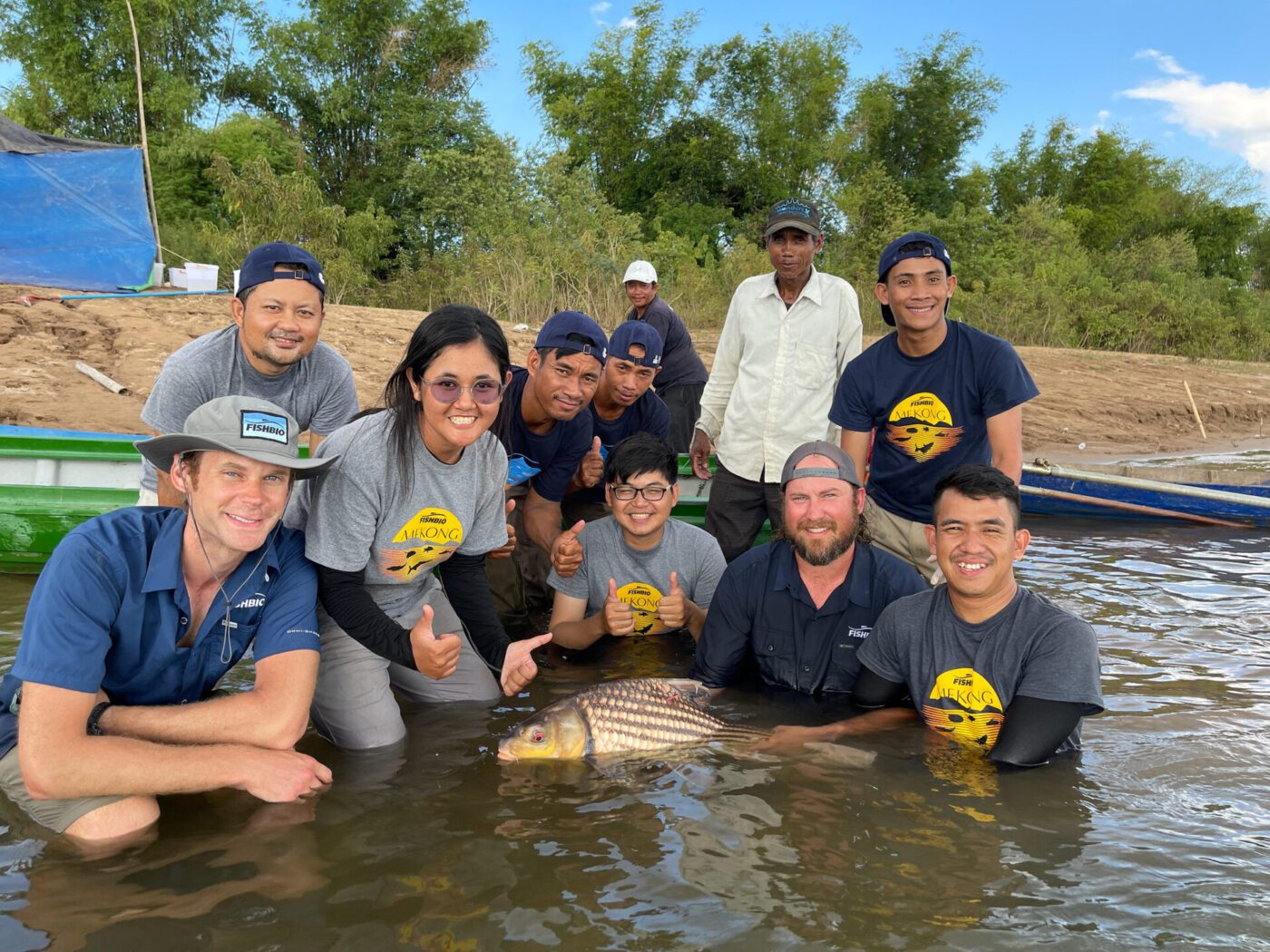
The Mekong is an incredibly diverse and productive basin, supporting over 1,000 species of fish and the world’s largest inland fishery. The fishers who live and work along the Mekong River and its tributaries have extensive insight into the seasonal movement behaviors of many fish species. However, scientific data on fish migration are lacking for much of the basin, particularly in the reach of the Mekong which crosses the border between Lao PDR and Cambodia, and in the Sekong, Sesan, and Srepok (or 3S) tributaries that join the Mekong near the Cambodian city of Stung Treng. Given the multiple hydropower dams planned for the mainstem Mekong and its tributaries in Cambodia and Lao PDR, there is an urgent need to fill this knowledge gap to better understand the potential ecological impacts on the fish in the region. To this end, in 2020, FISHBIO began a collaborative, transnational acoustic telemetry project supported by USAID’s Wonders of the Mekong program. In June 2022, FISHBIO and project partners established an acoustic network across hundreds of kilometers of riverways in Cambodia, and to date have tagged and tracked over 300 fish representing over two dozen species. This telemetry study is the first of its kind in Cambodia and is intended to provide the first empirical data on fish migration both across the national boundary between Lao PDR and Cambodia, and in the vitally important 3S Basin.
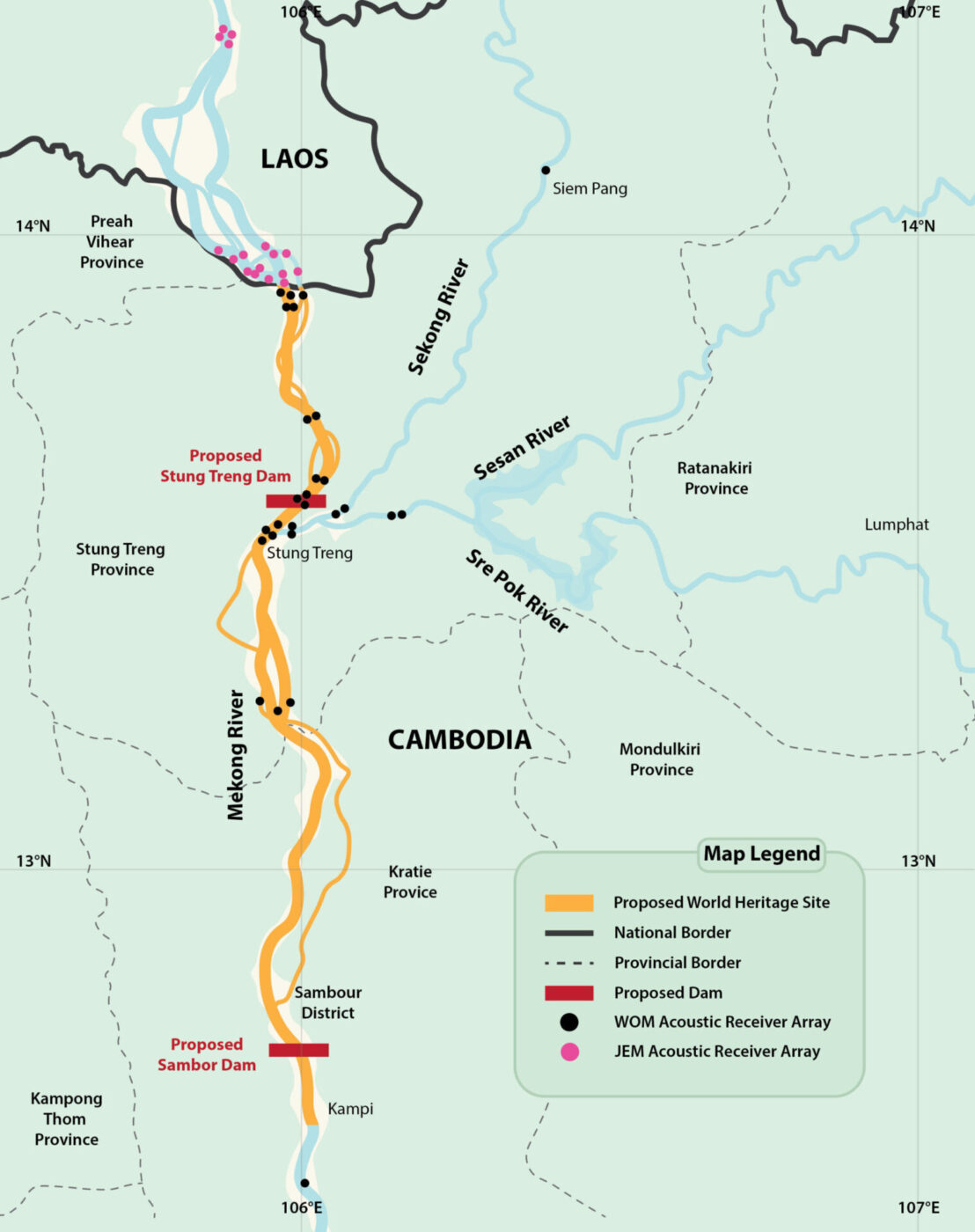
In cooperation with the Inland Fisheries Research and Development Institute (IFReDI) of the Cambodian Fisheries Administration and local business Young Eco (YEA), FISHBIO biologists worked to build an extensive network of local communities along the reach of the Mekong River stretching from the border with Lao PDR south to the Cambodian city of Kampong Cham, as well as along the Sesan and Sekong rivers. These communities were instrumental in identifying suitable locations for receiver stations, and developing, building, and deploying receiver platforms. They continue to play a critical role in monitoring and maintaining receiver stations (particularly during challenging field conditions in the wet season), and in providing sources of healthy, wild fish for tagging and release.
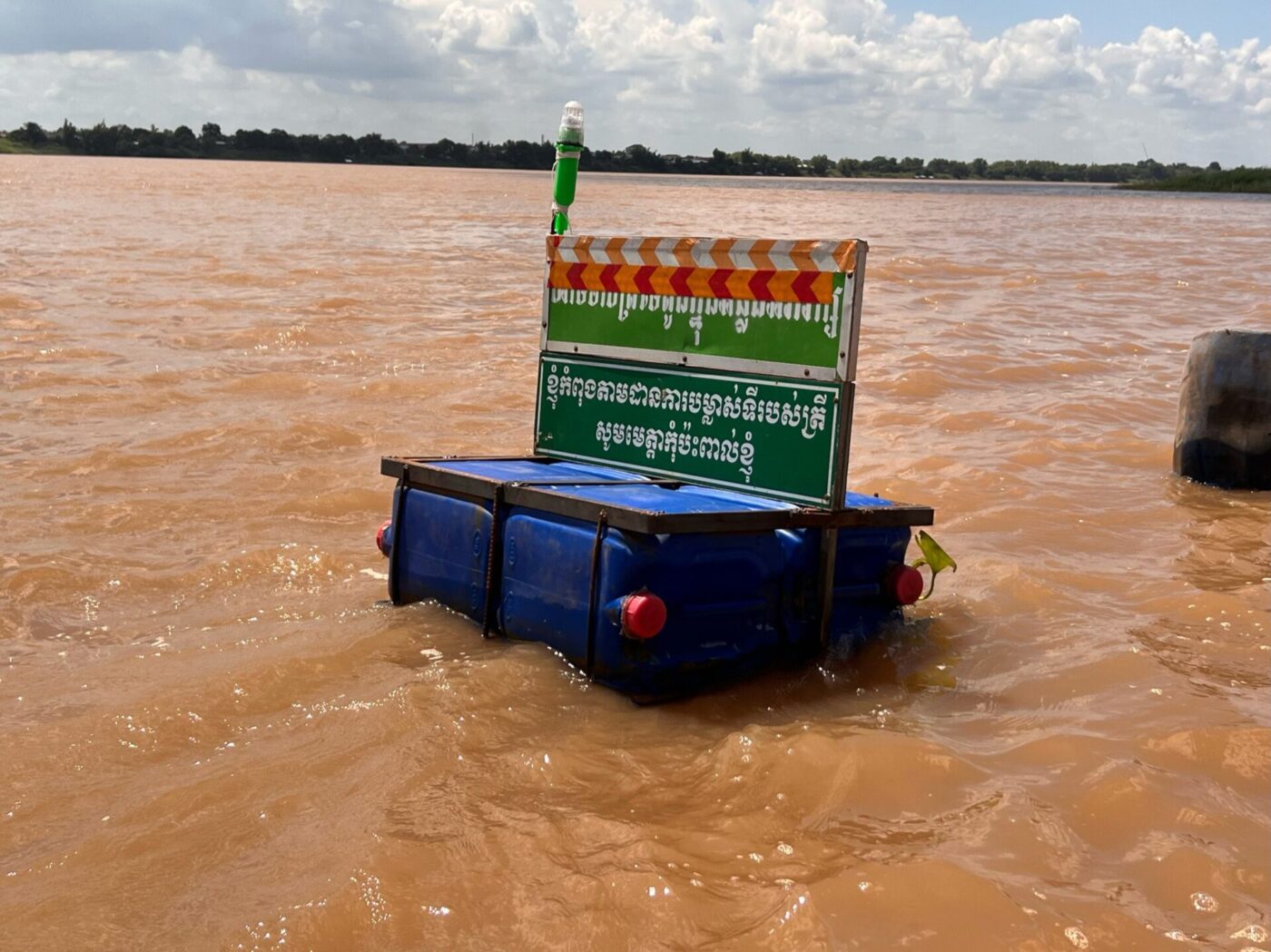
From 2022 through early 2023, a collaborative acoustic effort took place on the Lao PDR side of Cambodia’s northern border. This effort was supported by the Mekong River Commission’s Joint Environmental Monitoring (JEM) program, which developed a shared database that could be used to compile all records of tagged fish and acoustic tag detections between the two projects. Combined, the receivers of the JEM team and the Wonders of the Mekong team covered over 450 river kilometers. Although their receivers were removed and their project ended in February of 2023, they were able to obtain data on the rapid movement of migratory fish species both across the national border and through hypothesized barriers such as Khone Falls, and many of the fish that they tagged have been detected on the Wonders of the Mekong receivers in Cambodia.
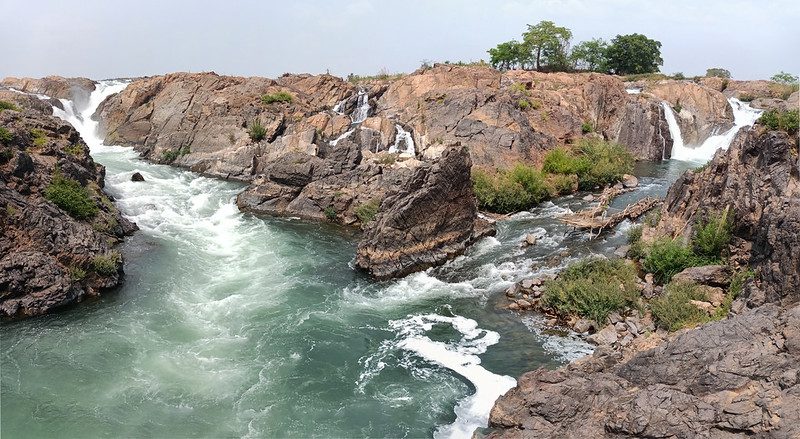
To date, this project has collected movement data on multiple endangered and iconic Mekong species. Among these was the first fish tagged by the Wonders of the Mekong team, which was a 300-kilogram (661-pound) giant freshwater stingray (Urogymnus polylepis) that was captured by local fishers during deployment of the receiver network in June of 2022. Later confirmed as the largest freshwater fish on record, the data obtained on the movement of this individual has provided novel insight into the behavior of this endangered megafish species. Multiple other imperiled species, including critically endangered seven-striped barb (Probarbus jullieni) and giant barb (Catlocarpio siamensis) have been tagged and tracked by the Wonders of the Mekong acoustic network as well, as have numerous species important to the livelihood and food security of local fishers.
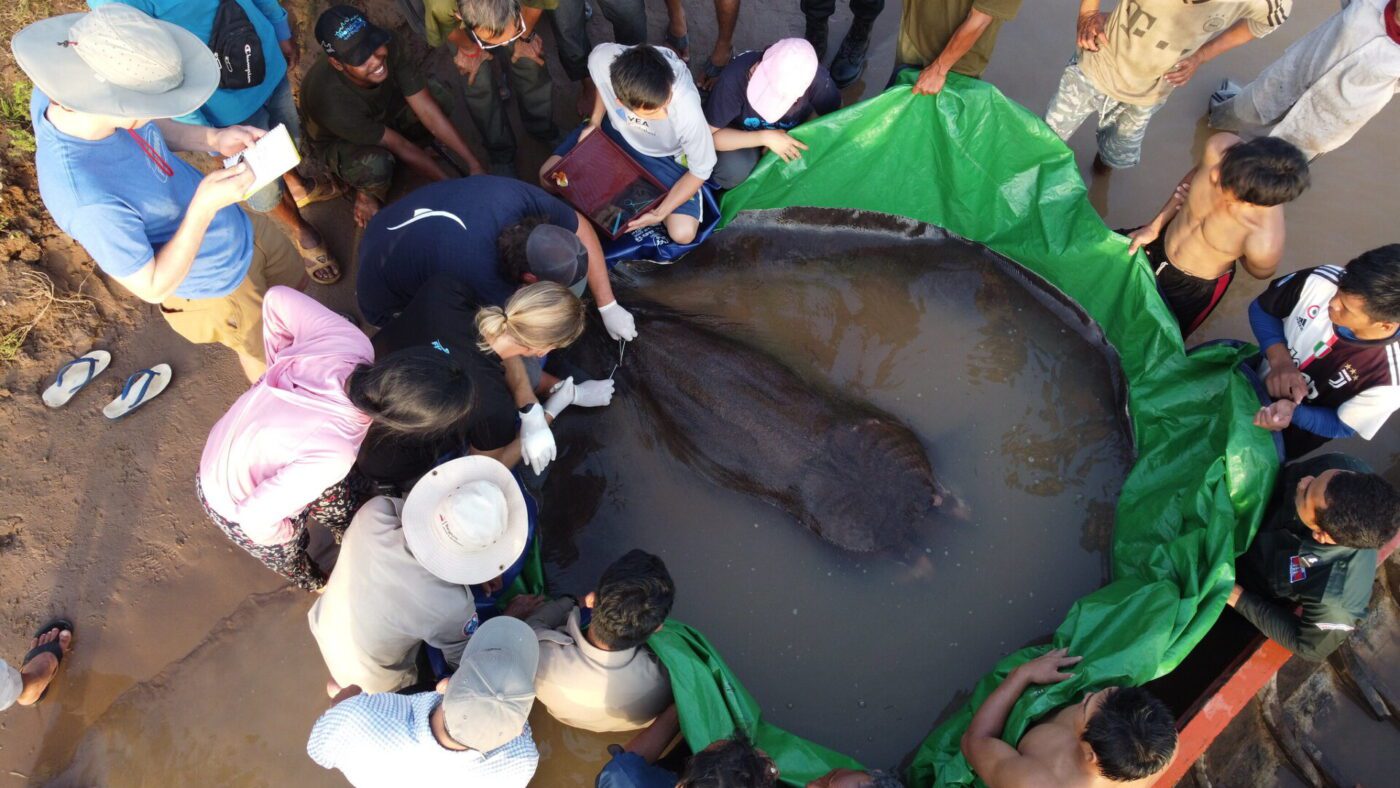
Maintenance and monitoring of the acoustic network, along with tagging and release of fish will continue through early 2024. Following this two-year monitoring period, FISHBIO will work with project partners from Wonders of the Mekong and JEM to analyze the collected data and generate publications detailing the study’s findings, which will be provided to decision-makers in the region to help ensure science-based policy and development planning.
Lee, D., Eschenroeder, J.C., Baumgartner, L.J., Chan, B., Chandra, S., Chea, S., Chea, S., Chhut, C., Everest, E., Hom, R., et al. 2023. World heritage, hydropower, and Earth’s largest freshwater fish. Water. DOI: 10.3390/w15101936



